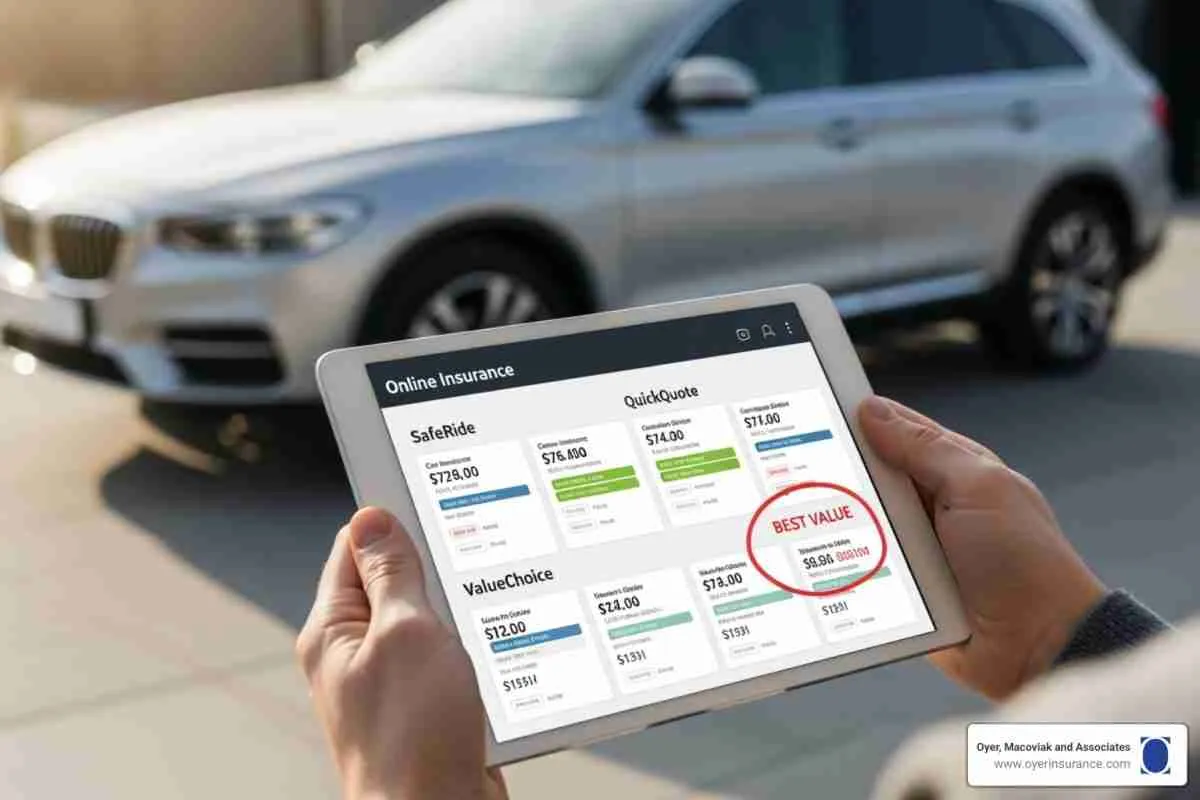The world of cryptocurrency has exploded into mainstream consciousness, presenting a tantalizing blend of technological innovation and potentially high financial returns. However, the decentralized and often volatile nature of digital assets like Bitcoin and Ethereum also presents unique risks. For the beginner, navigating this new frontier requires a measured approach, prioritizing safety and due diligence over the hype.
This comprehensive guide breaks down the essential steps to start investing in cryptocurrencies safely, ensuring you build a resilient foundation for your digital asset journey.
Phase 1: Establish Your Financial Foundation and Mindset
Before buying your first fraction of a coin, it’s crucial to look inward and establish the right financial context and mindset.
1. The Golden Rule: Only Invest What You Can Afford to Lose
Cryptocurrencies are notoriously volatile. A coin’s value can surge or plummet dramatically in a matter of hours. The cardinal rule of crypto investing is simple: Never invest money that you need for your rent, bills, or emergency fund.
- Risk Allocation: Financial advisors often suggest that a highly speculative asset class like crypto should make up no more than a small percentage (e.g., 1% to 5%) of your total investment portfolio. This limits your downside while still allowing exposure to potential gains.
- Emergency Fund First: Ensure you have a robust emergency savings fund (typically 3-6 months of living expenses) in a stable, easily accessible account before allocating funds to crypto.
2. Understand the Technology, Not Just the Price
Do not invest based on short-term price movements or social media hype. A safe investor is an educated investor.
- Research the Fundamentals: Before buying any coin, understand its underlying technology (the blockchain), its use case, and the problem it aims to solve. For example, Bitcoin is a digital store of value, while Ethereum is a decentralized application platform.
- The Whitepaper: Most reputable projects have a “whitepaper,” a technical document explaining the project’s protocol, goals, and roadmap. Reading this can provide critical insight into the project’s viability.
- Risk of “Shitcoins” and Scams: The crypto space is unfortunately rife with get-rich-quick schemes. Researching the team, community, and transparency of a project helps you distinguish legitimate innovations from outright scams.
3. Adopt a Long-Term Perspective (HODL Mentality)
Many successful crypto investors employ a strategy known as HODLing (a misspelling of “Hold On for Dear Life”).
- Dollar-Cost Averaging (DCA): Instead of trying to “time the market” (which is virtually impossible), implement a DCA strategy. This involves investing a fixed, small amount of money at regular intervals (e.g., weekly or monthly), regardless of the asset’s price. DCA reduces the impact of volatility and removes emotion from your decision-making.
- Avoid Emotional Trading: Price drops are inevitable. A long-term, research-backed conviction allows you to ride out market corrections without panic selling at a loss.
Phase 2: Choosing Your Platform and Storage
Once your mindset is right, the next step is choosing the secure platforms you will use to buy and store your assets.
4. Selecting a Reputable Cryptocurrency Exchange
The exchange is where you convert your fiat currency (e.g., dollars, euros) into cryptocurrency. Safety here is paramount.
- Regulation and Security: Opt for exchanges with a strong track record, robust security measures, and regulatory compliance in your jurisdiction. Look for exchanges that offer:
- Two-Factor Authentication (2FA): This should be non-negotiable for all accounts.
- “Cold Storage” Reserve: Exchanges that store a majority of user funds offline are generally considered safer from large-scale hacks.
- Fees and Liquidity: Compare trading fees and withdrawal costs. Higher liquidity (high trading volume) is also a positive sign, ensuring you can buy or sell without significant price impact.
5. Mastering Secure Cryptocurrency Storage (The Wallet)
This is arguably the most critical safety step. When you buy crypto on an exchange, you generally don’t control the private keys—the secret code that proves you own the crypto. For true security, you must move your assets to your own wallet.
- Hot Wallets vs. Cold Wallets:
- Hot Wallets (Software/Online): Connected to the internet (e.g., mobile apps, browser extensions). Convenient for small trading amounts but riskier. Always use 2FA and strong passwords.
- Cold Wallets (Hardware): Physical devices (like a USB drive) that store your private keys completely offline. These are the gold standard for security, ideal for storing significant long-term investments.
- Protect Your Seed Phrase: When setting up a personal wallet, you will be given a 12-to-24-word “seed phrase” (or recovery phrase). This is the master key to your funds.
- NEVER store it digitally (no screenshots, no email, no cloud storage).
- Write it down on paper or metal and store it in a secure, fireproof location, like a safe deposit box or a home safe.
- Never, ever share your seed phrase with anyone, for any reason. A legitimate crypto platform will never ask for it.
Phase 3: Risk Management and Ongoing Vigilance
Safety in crypto is an ongoing process, requiring constant vigilance against scams and market risks.
6. Diversify Your Portfolio Wisely
The principle of diversification applies here, but with a crypto-specific nuance.
- Major Cryptocurrencies: Start with established, high-market-cap coins like Bitcoin and Ethereum. They offer a degree of stability compared to smaller-cap altcoins.
- Project-Based Diversification: If you choose to invest in smaller projects, diversify across different use cases (e.g., one in DeFi, one in NFTs, one in a Layer-2 solution). Avoid putting a large percentage of your investment into a single, unproven project.
7. Stay Alert to Scams and Phishing Attacks
The crypto world is a high-value target for hackers and fraudsters.
- Phishing: Be hyper-vigilant about emails, text messages, or DMs asking you to click a link, verify your wallet, or provide your private keys/seed phrase. Always double-check URLs, as scammers often create websites that look nearly identical to legitimate exchanges.
- Impersonation: Never trust unsolicited calls or messages from individuals claiming to be “tech support” from an exchange or wallet provider. Legitimate companies will not contact you this way to ask for personal security details.
- Do Your Own Research (DYOR): Be skeptical of investment schemes promising guaranteed high returns or celebrity endorsements, which are almost always scams.
8. Understand and Comply with Local Regulations
The regulatory landscape for crypto is constantly evolving globally.
- Taxation: In many jurisdictions, buying, selling, or trading crypto is a taxable event. Understand your local tax obligations and maintain meticulous records of all your transactions (purchase price, sale price, and dates) from day one. Using specialized crypto tax software can be highly beneficial.
- Legal Clarity: Stay informed about new regulations in your country. Regulations are often designed to increase investor protection and financial stability.
Conclusion: Patience and Security are Key
Investing in cryptocurrencies can be a powerful wealth-building tool, but only for those who approach it with prudence and discipline. The journey starts not with a dramatic purchase, but with rigorous research, sound financial planning, and an uncompromising commitment to digital security.
By adhering to the golden rule of investing only what you can afford to lose, committing to a secure storage strategy, and staying constantly vigilant against the digital dangers, you can safely navigate the crypto landscape and participate in this exciting financial revolution. Remember: in the world of crypto, your security is ultimately your responsibility.





